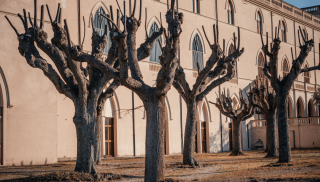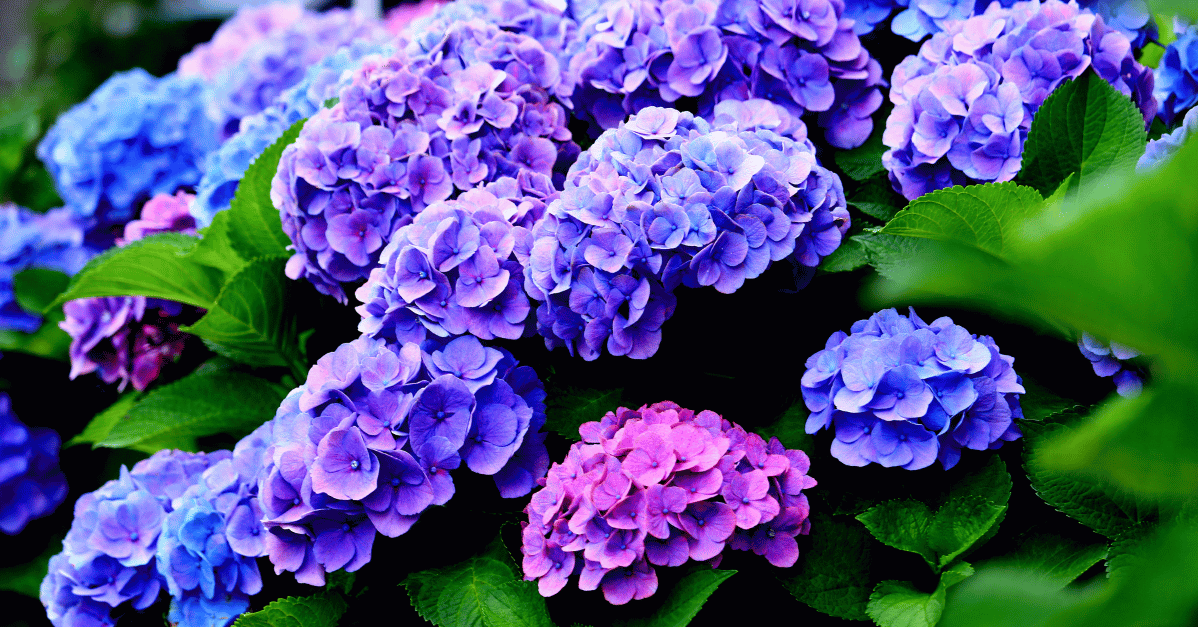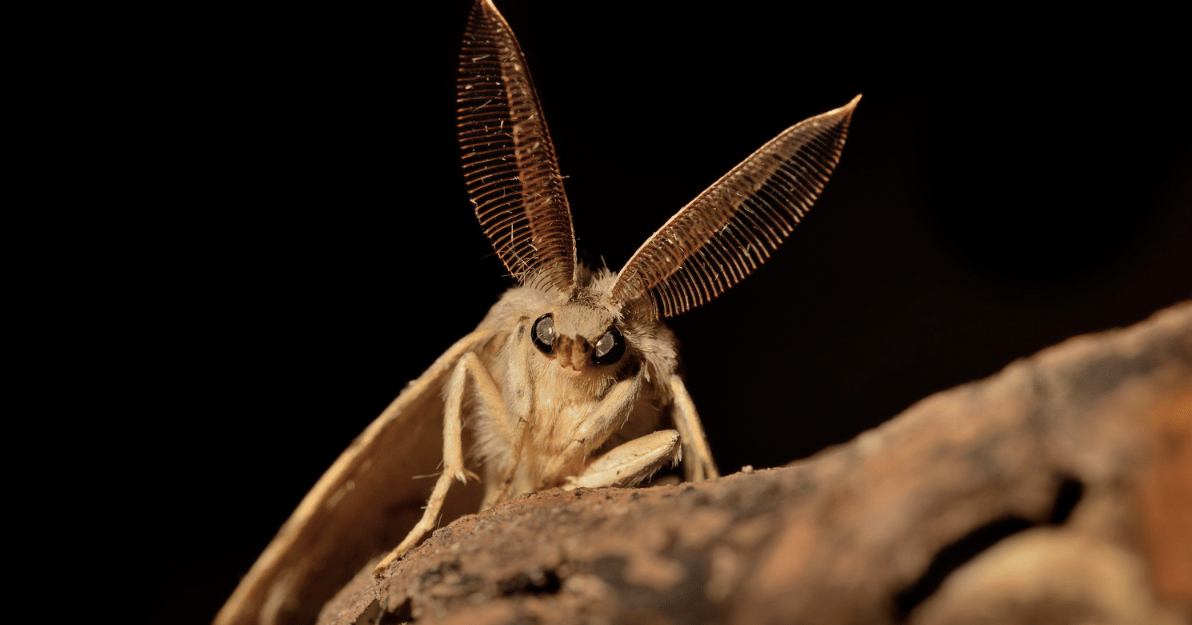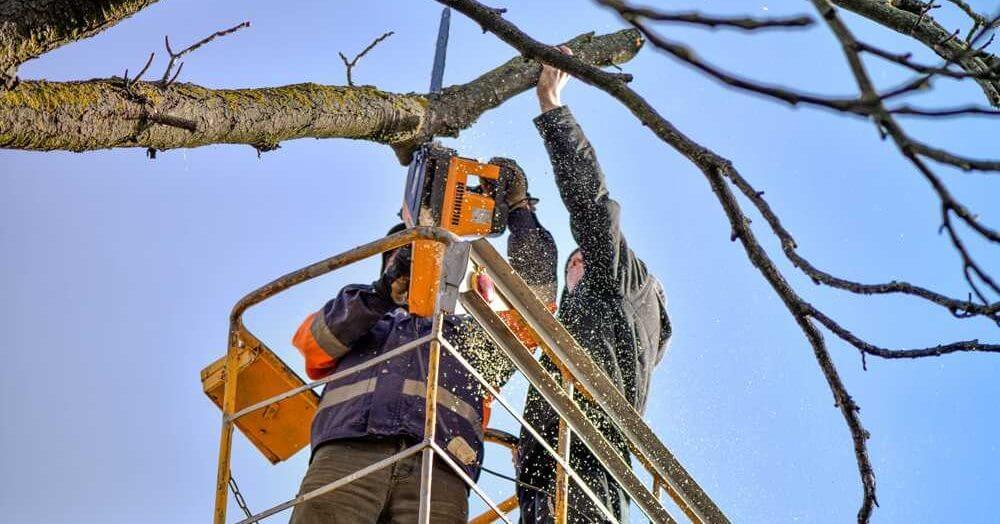Pollarding, a specialized pruning method, is key to shaping trees for beauty, shade, or management. Cutting the top branches to promote lush, dense growth requires skilled hands to avoid damage. At Strobert Tree Services, serving Delaware, Pennsylvania, and New Jersey, we offer an expert guide on pollarding. You'll learn the essentials, tackle the usual worries, and discover the ideal trees for this approach.
What is Pollarding?
Pollarding starts with cutting tree branches back to a trunk to promote a dense matrix of new growth. It's an ancient technique historically used for wood management and, nowadays, for urban tree maintenance to control size and shape. The process must begin when a tree is young and continue regularly throughout its life to maintain its health and the desired form. This repeated pruning is crucial to prevent the tree from returning to its natural growth pattern and size.
Benefits of Pollarding
- Controlled Growth: Pollarding helps manage the size of trees, especially in urban environments with limited space.
- Aesthetic Appeal: Regularly pollarded trees can give landscapes a unique and formal appearance.
- Health and Vigor: When executed correctly, pollarding can stimulate the growth of new branches and leaves, contributing to the tree's vitality.
Pollarding vs. Topping: Understanding the Difference
It's essential to differentiate between pollarding and topping, as the two are often confused. Tree Topping is a harmful pruning practice that involves cutting tree branches to stubs or lateral branches not large enough to assume the terminal role. This method can lead to significant stress and health issues for the tree, including sunburn, insect invasion, and decay. Unlike topping, pollarding is a precise technique that, when done correctly, ensures the tree remains healthy and sustainable.
Top 5 Trees to Pollard
Not all trees are suitable for pollarding. The best candidates can tolerate heavy pruning and respond with robust regrowth. Here are five trees that are well-suited to pollarding:
- London Plane (Platanus × acerifolia): Highly resilient and often used in urban environments, this tree responds well to pollarding, making it a popular choice for streetscapes.
- Willow (Salix spp.): Willows are known for their rapid growth and ability to withstand heavy pruning, making them ideal for pollarding.
- Linden (Tilia spp.): Linden trees, with their attractive foliage and form, adapt well to pollarding, providing dense shade and a controlled shape.
- Oak (Quercus spp.): Certain oak species can be successfully pollarded, but they require careful selection and timing to ensure their health and vigor.
- Maple (Acer spp.): While not all maples are suitable, some species can tolerate pollarding, offering a way to manage their size in constrained spaces.
Is Pollarding Bad for Trees?
When performed by skilled arborists like those at Strobert Tree Services, pollarding is not bad for trees. It requires understanding tree biology and species-specific needs to ensure the tree's health is not compromised. Starting the pollarding process at a young age allows the tree to adapt to the pruning cycle, promoting vigorous regrowth while maintaining its structural integrity. However, improper pollarding can be detrimental, weakening structures and increasing susceptibility to pests and diseases. Thus, it's a technique best left to professionals.
How to Pollard Trees Safely
1. Select the Appropriate Species: The success of pollarding largely depends on the tree species. Optimal candidates, such as willows, limes, and certain maples and oaks, can endure extensive pruning. This crucial step ensures the tree's ability to withstand heavy pruning, promoting its health and longevity.
2. Commence Early: Initiate pollarding during the tree's youth. This early start allows the tree to adapt to this type of pruning and establish a robust framework for future growth, a key factor in maintaining the tree's health and appearance.
3. Timing: The best time to pollard trees is in late winter or early spring before the growing season begins. This timing helps prevent sap loss and reduces the risk of infection and pests.
4. Technique: Make cuts just above the previous pollarding points, ensuring they are clean and at an angle that promotes water runoff. This technique encourages the growth of new shoots from the pollarding head.
5. Consistent Care: Once initiated, pollarding should be a regular part of tree maintenance, typically every 1 to 3 years, depending on the species and growth rate. This regular upkeep is essential, as it prevents the weight of new growth from damaging the tree, ensuring its continued health and appearance.
6. Professional Help: Given the complexities and risks associated with pollarding, it's often best to seek the assistance of professional arborists like those at Strobert Tree Services. Our experts have the knowledge and experience to pollard trees safely, ensuring their health and longevity.
Contact Strobert Tree Services - Expert Tree Care in Delaware, Pennsylvania, and New Jersey
Pollarding is a nuanced tree care practice that can offer aesthetic and health benefits for trees correctly. Strobert Tree Services specializes in advanced tree care techniques, including pollarding and ensuring your trees are beautiful, healthy, and well-maintained.
Whether you're considering pollarding your trees or need expert advice on any aspect of tree care, Strobert Tree Services is here to help. Our team of certified arborists brings extensive experience and a passion for tree health to every project. Serving Delaware, Pennsylvania, and New Jersey, we're committed to providing top-notch tree care solutions tailored to your needs.
Can pollarding kill a tree? Not when done by the experts at Strobert Tree Services. Contact us today to learn more about our services or to schedule a consultation. Let us help you maintain the beauty and health of your trees through professional pollarding and comprehensive tree care services.











